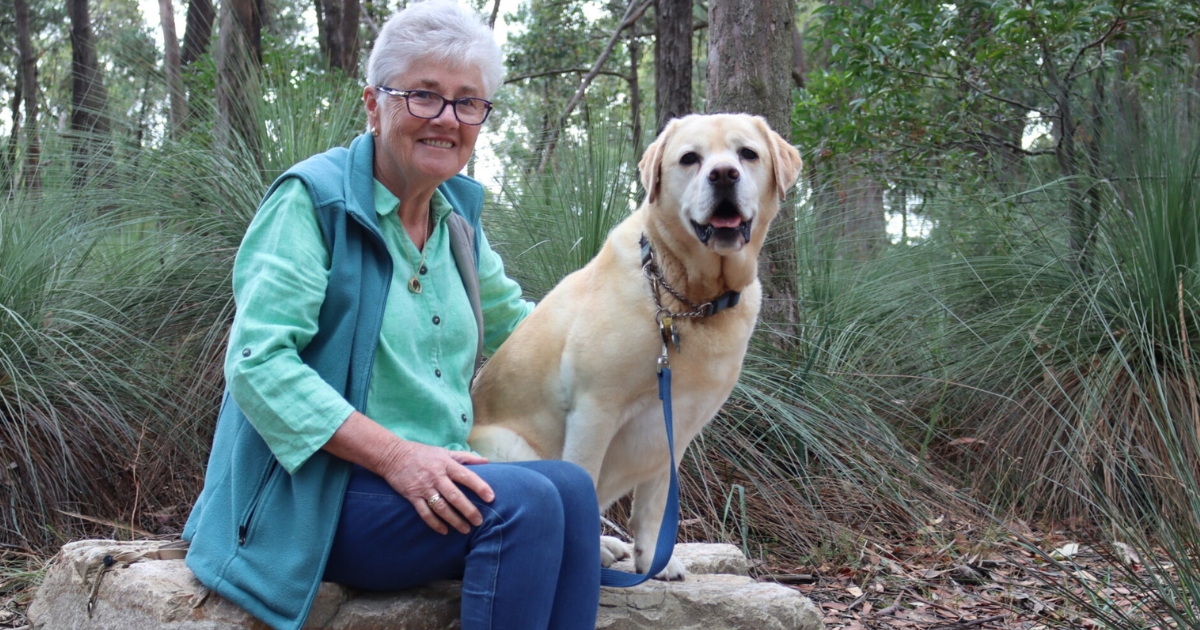Lifelong life saver on the vanguard of women in paramedicine

Front line: Mel Buckingham received the Ambulance Service Medal in 2018 as part of the Australia Day Honours list. Photo: SUPPLIED

SHE was the first female ambulance officer from regional Victoria, is a recipient of the Ambulance Service Medal, held roles across paramedicine, and is a thirty-two-year veteran of Ambulance Victoria.
Now, in 2020, Mel Buckingham ASM is an honouree on Zonta Ballarat’s Great Women list.
For all intents and purposes Mel Buckingham is a trailblazer, not that she sees it that way.
“To tell the truth I didn’t really enter into that cultural change stuff,” she said. “I was just so focused on being a good clinician.
“I used to forget it was the sort of token girl. I never, ever, thought that way at all. I was reminded of it from time to time, more by patients who weren’t used to seeing a female in an ambulance.
“It wasn’t important to me. What was important was being really good at my clinical role.”
Time as a State Enrolled Nurse at Fairfield Infections Diseases Hospital and then as a Registered Nurse in Ballarat where she completed her Div 1 training is where that Ms Buckingham worked out the pre-hospital setting was for her.
It was the variety and complexity of patients in the emergency department and surgical setting that helped refine that desire.
“Through my nursing career I realised what I preferred to do,” she said. “I think I preferred to look after patients on more of a short-term basis.
“I’d see the ambulances officers coming into the emergency department and that’s when I really knew what I wanted to do.
“I liked that emergency department stuff, that rotation of people and the not really knowing what’s going to land at your doorstep.”
Realising her dream wasn’t easy. Until the year she entered training at the Ambulance Officers Training College in Albert Park, there had never been a female ambulance officer in Victoria.
That year, 1987, four women began training across three intakes to enter the male dominated Victorian ambulance service.
“You could never get a job as a paramedic when I started,” she said. “It took some time for the government to agree to have women work in male dominated roles.
“I did a lot of groundwork to see if I could get them to recognise me when the opportunity for women came along.
“I’m sure they were thinking women in this job aren’t going to be able to do what we do. It was quite physical. We have technology to support us these days, but we defiantly never had it back then.”
Across more than three decades with what’s now known as Ambulance Victoria, Ms Buckingham has held many and varied jobs.
She’s been on the front line, a Senior Team Manager that helped establish and lead the Sebastopol ambulance station, as well as a clinical instructor where she oversaw new recruits who has recently graduated from university.
She’s also held several positions on governance and advisory committees.
“They needed female representation on a lot of groups that men were on,” she said. “I’m a driver trainer, I was on a medical standards committee, a lot of things where they needed female representation.
“I was given quote a lot of opportunities to be on committees where I was the only girl, but I still didn’t take any notice of that.”
Her journey through her chosen profession has led Ms Buckingham to her current position with Ambulance Victoria as a community engagement liaison coordinator for the Grampians region.
In that role she’s still all about saving lives.
“Ambulance Victoria wants to improve the cardiac arrest survival statistics,” she said.
“We’re working on heart safe communities at the moment and in Grampians we have three that have been targeted to improve their ability to respond to their own emergencies in relation to cardiac arrests.
“We can hopefully improve our cardiac arrest statistics in towns that are not quite as well supported with paramedic resourcing. In my area we’re working in Murtoa, Smythesdale and Clunes.”


















